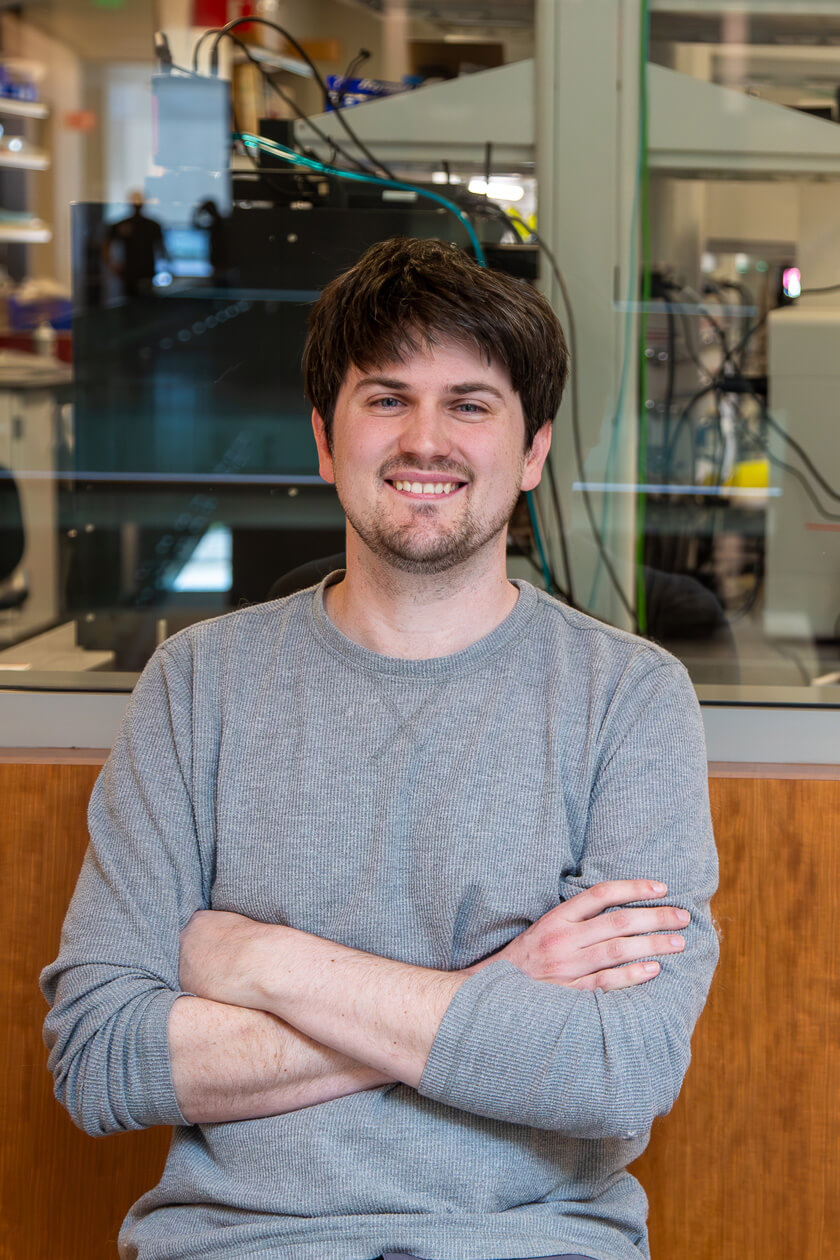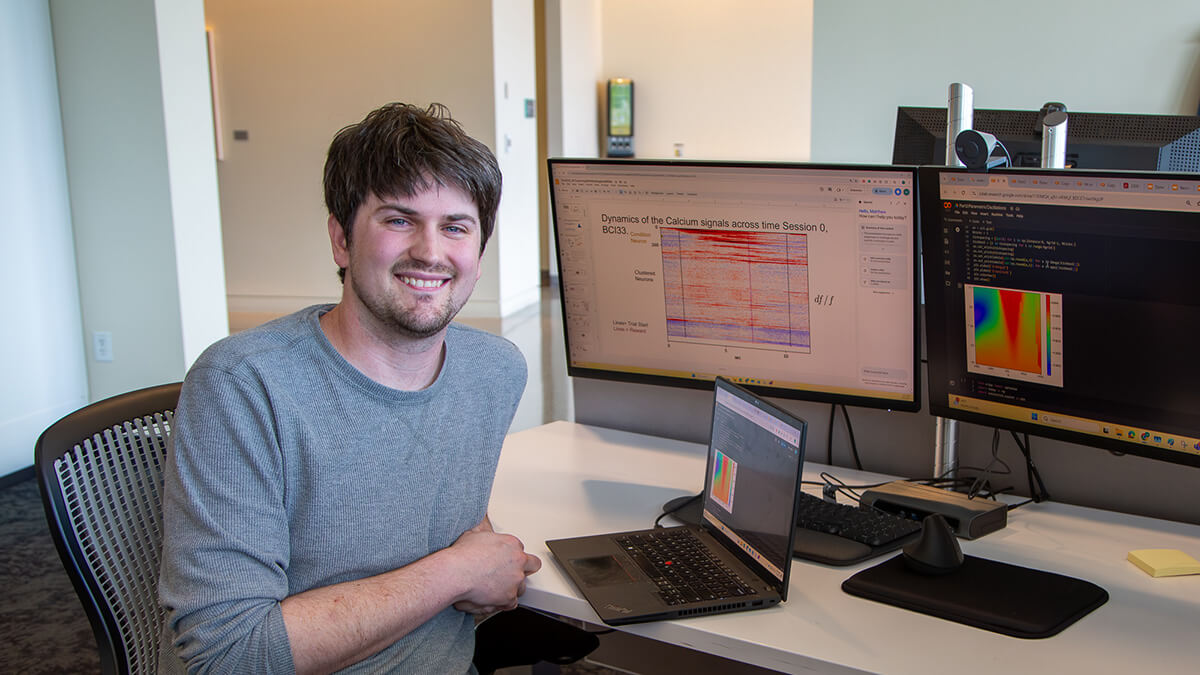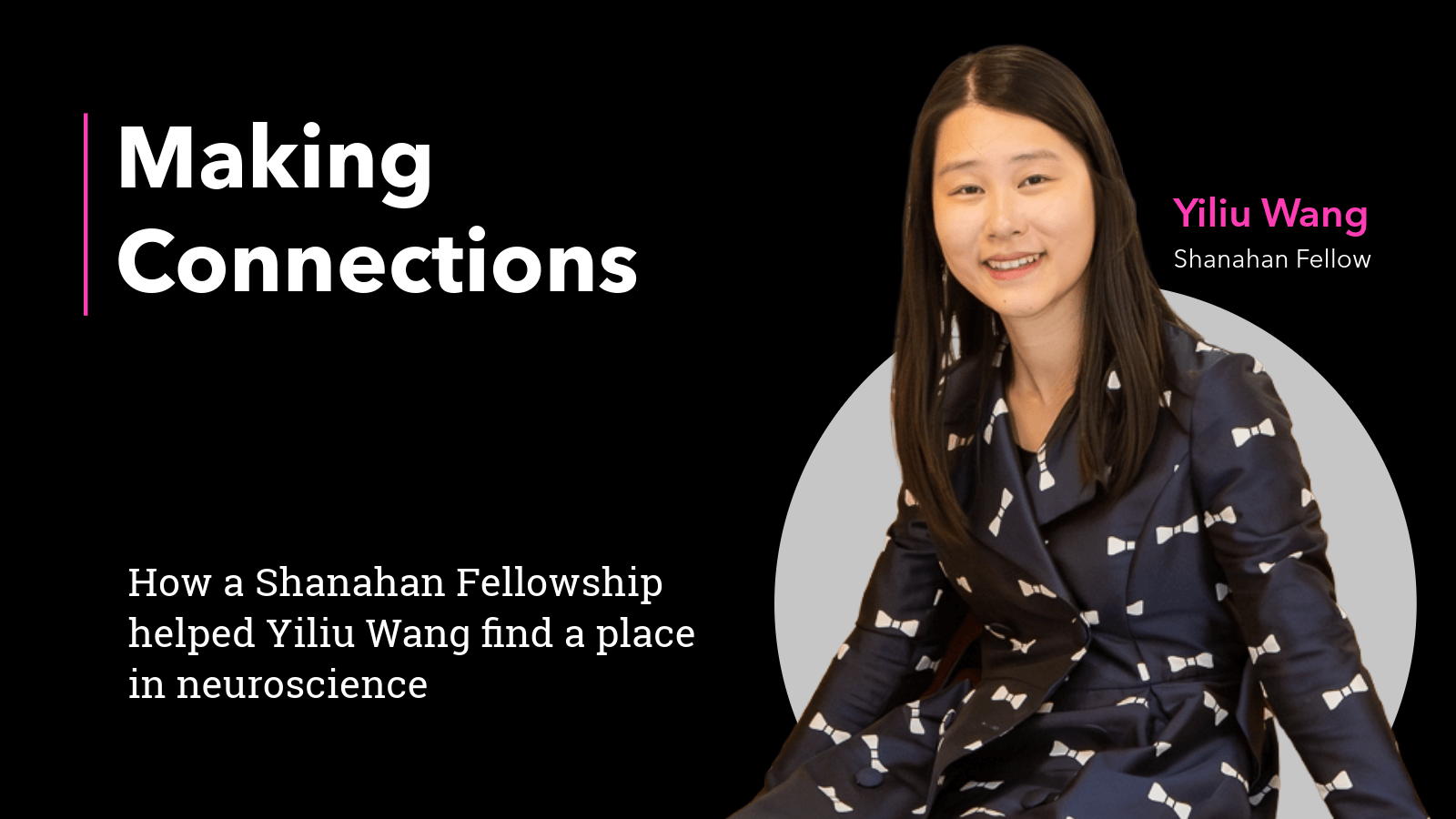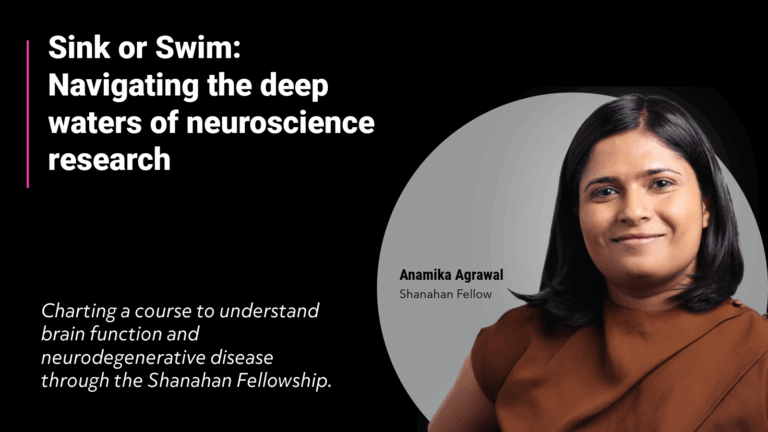Learning how to learn with brains, data and optimization

When Matthew Storm Bull first saw an advertisement for the Shanahan Fellowship opportunity, he didn’t hesitate. “I immediately shared the listing with my partner,” he recalls. “I knew it was a unique opportunity that celebrated diverse perspectives in neuroscience.”
His instinct was right. As a Shanahan Fellow at the Allen Institute, Bull took a deep dive into work that pushes the boundaries of neuroscience, combining machine learning, systems theory, and biological data to study how the brain learns many timescale temporal sequences, or how events occur over time, particularly when that order is significant to understanding relationships and patterns.

“My research is about learning how brains multitask, adapt and manage competing needs, I’d love to help piece together the community-wide puzzle of how the brain actually works with the predictions coming from the math of optimization.”
He spends about half his time immersed in neural data, searching for “experimental fingerprints” that could help confirm or reject different mechanistic hypotheses for how the brain assigns credit through local learning rules. A mechanistic hypothesis is a proposed explanation of the factors that cause an observable phenomenon. It goes beyond simply describing an observation to explain the causal chain of events.
“These optimization techniques are powerful, but intuition in high dimensional problems can be misleading,” he says. “That’s why we always go back to the data.”
Bull’s interest lies not just in the how of learning, but the why. He’s especially drawn to the question of why brains multitask at all, exploring how organisms maintain physiological balance “setpoints” through ongoing perception and action, all while navigating a constantly changing and sometimes unpredictable world.
His work spans three main areas of neuroscience and artificial intelligence. He studied how neural networks learn to handle multiple tasks simultaneously and apply learned skills to new situations, collaborating on research that uses novel brain-inspired computational models. In another project, he developed analysis tools and trained simulated mice to understand a new all-optical brain-computer interface being pioneered at the Allen Institute to understand how mice learn motor skills, using light-based techniques to monitor and simulate activity in real-time. He also focused on research looking at the parts of the brain that control feelings of fullness and satiety, analyzing large-scale data to understand how multiple brain regions work together to regulate thirst. The work was presented across four conferences and resulted in three manuscripts.
The freedom to explore questions like these, he says, is one of the most valuable parts of the Shanahan Fellowship along with the expert support to make lofty ambitions into concrete actions.
“We’re entrusted with the faith and support that, given the time and resources, we can make contributions to the neuroscientific community,” Bull says. “Along with that comes real support across disciplinary and institutional divides.”
One of the most rewarding aspects of the fellowship was the chance to mentor a research associate. “Helping someone find their scientific voice has been incredibly fulfilling,” he says. His experience at the Allen Institute has been equally positive, shaped by a long list of generous and invested mentors. “My time here has been punctuated by welcoming and empowering support from many members of the community,” Bull says. That same sense of support extends beyond the lab. Living in Seattle, he and his family have embraced the Pacific Northwest. “We especially love the Seattle summers: late evening adventures and outdoor meals.” But he has advice for any aspiring Seattleite: “You might want to get some rain pants for your morning commute!”
During the fellowship, Bull says he’s grown in three key ways: developing a clearer sense of what satisfying questions look like, learning to think strategically about what should be done in research (not just what can be done), and deepening his fluency in machine learning as it applies to biological systems.
“I’ve been able to advance my science toward a personally satisfying north star: bridging normative theory and messy reality of diverse neuromodulatory dynamics,” he said; in other words, making sense of how the brain should work (in theory) compared to the complicated way it does work, looking beyond synapses for understanding of neural computation in the soup of brain chemicals.
Since leaving the fellowship, Bull is currently working as a Senior Research Scientist, guiding a team at a startup called Softmax, developing artificial intelligence systems where multiple agents can work together and learn from each other. The company is creating tools to help the AI research community build systems that cooperate with people and understand what humans want to learn and achieve.
“I will forever be grateful to the Shanahan Family, the Allen Institute and the University of Washington for building a community of generous and wonderful scientists who have helped shape my trajectory every step of the way. What a rewarding ride!”




